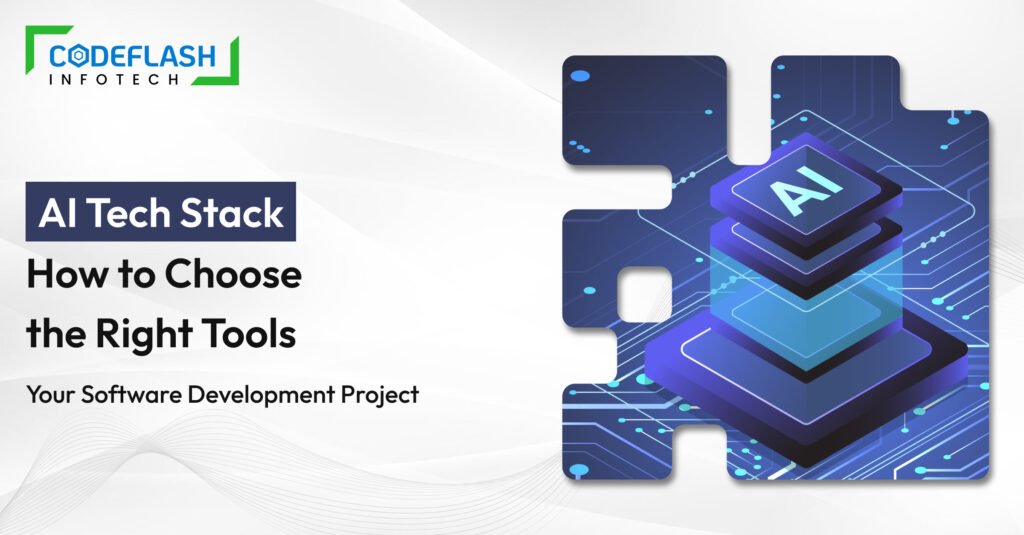
EdTech Solutions Development: Revolutionizing Education for the Future
18 FEBRUARY
Deployment of technology systems in education has transformed into a norm such that the solutions are part of the education fraternity. In fact, educational software helps to bring traditional teaching and learning environment to meet the more innovative teaching and learning environment that meets the demands of the learners in a world that has greatly embraced computer literacy. The E-learning Software Market is predicted to reach USD 819.96 billion by 2030 with a CAGR of 16.6% from 2022-2030.
However, creating useful educational software in 2025 involves a purposeful architecture to fit tomorrow’s needs of the students, teachers and learning establishments.
Understanding the Need for EdTech Solutions Development
Due to the pressure for increased interactivity and customizations, there has been a growing demand for educational software. Depending on whether the user’s goal is to create a system of virtual classrooms, an application for mobile devices, or an educational game, applications that are oriented on specific goals are necessary. The custom EdTech Solutions Development focuses on providing you with a product that will solve your target market’s needs in a way that other non-custom software cannot offer.
EdTech Solutions can be as simple as applications for children at an early age to applications that are used in business organizations for training. In this instance, developing relevant content involves competency in scalability, flexibility, and interaction, all of this with an eye on the next technology frontier: AI, AR, and VR.

Steps to Develop EdTech Solutions
- Define Your Vision and Objectives
The first step is to clearly define the goals of your educational software. Identify the problem you want to solve and the target audience you aim to serve. Are you creating a tool for teachers to manage classrooms, or is it a mobile app that makes learning fun for kids? Having a well-defined vision will guide the development process.Have questions about development costs or technology choices? Email us
- Conduct Market Research
Knowing the competitors and the audience is very important. Examine current solutions to define the variances in the solution’s capabilities, efficiency, or price. This will assist you to come up with a new and innovative product that shall distinguish itself in the already saturated educational app developmentindustry. - Choose the Right Technology Stack
Choosing the right technology is important in creating durable systems that will be easy to scale with future capability as the need arises. Nowadays, whatever you develop can be a web application or a mobile application, look for solutions with flexibility in framework integration. Collaboration with experienced professionals in custom software development ensures that your project leverages the latest tools and technologies. - Focus on UI/UX Design
The user front-end is a critical factor in educational software since the customer interface defines the interaction between the customer and the utility. Especially, if it has to be easy to navigate, beautiful in its appearance, and accessible for users. Working with a good UI/UX design solution partner can assist in outpowering the users from all spectrums of age and IT competency. - Develop Core Features
The features of your software will depend on its purpose. Some key features of educational software might include:- Content includes quizzes, videos, and games.
- Real-time performance report for students and instructors.
- Compatibility with other applications, such as video conferencing applications.
- The feature of translation for audiences of different languages.
Stick to the features and identify those functionalities that bring the most value to users.
Managing Development Costs
Understanding the cost of developing custom software is essential for budgeting. Several factors influence the cost, including:
- The complexity of features.
- The type of application (web, iOS, Android, or cross-platform).
- The technology stack and the third-party services.
- The location of the development team and the specializations of the team.
Opting for dedicated developers can provide cost-effective solutions while ensuring quality. Professional teams sometimes have a specific focus and can help you more effectively accomplish your objectives.
Want to learn more about how we can help? Explore our portfolio
Testing and Quality Assurance
Launch and Post-Launch Strategies
The effective launch of the software is the best strategy for the product due to the following reasons. Develop the target marketing approach offering promotions for educational forums, social networks, and other Internet resources. Another common adoption method is to form partnerships with the relevant institutions or educators.
After the successful launch of the product, ensure that you listen to the users and update the product from time to time to fix problems encountered and new improved features to add.
Mobile App Development: The Key to Accessibility
Mobile applications are the foundation of educational software in the context of 2025. Since learners are always using their smartphones, they prefer to use the tools that are accessible by mobile devices. Some new actions with relation to the mobile app development cost may include, but going mobile first will always yield more results.
Finally, if you’re creating a single mobile app or extending the mobile features in an extensive system, realize the app is smooth in its performance and can work offline.
The Role of Dedicated Developers
Hiring a skilled team is pivotal to creating high-quality educational software. When you hire dedicated developers, you gain access to professionals who specialize in specific aspects of development, such as backend programming, UI/UX design, or quality assurance. Dedicated teams are also better equipped to handle the challenges of custom development projects, ensuring your software meets its objectives.
Embracing Emerging Technologies
To make your software impactful, consider incorporating cutting-edge technologies:
- Artificial Intelligence (AI): Allows for the personalization of lessons and learning and accomplishes many of the administrative processes needed for a smooth learning experience.
- Augmented Reality (AR) and Virtual Reality (VR): Promote connection or reinforcement of ideas through the creation of gamelike scenarios.
- Blockchain: Secures data and facilitates digital credentialing.
Conclusion
Creating valuable educational software in the year 2025 requires integrating innovation, smart planning, and usability. You need to work through tailored software management with an accent on cost control and innovative technologies to gain a learning solution. EdTech solutions development plays a crucial role in achieving these objectives. Partnering with experienced developers in EdTech solutions development and having a focus on customer feedback will diminish the chances of creating and maintaining unimportant software. By prioritizing EdTech solutions development, you ensure that your educational software meets the needs of modern learners while staying ahead of technological trends.
Ready to build your impactful educational software? Contact us today





